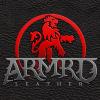Sign in to follow this
Followers
0

Work In Progress - Shaped Breastplate
By
daveydude, in Historical Reenactment

By
daveydude, in Historical Reenactment